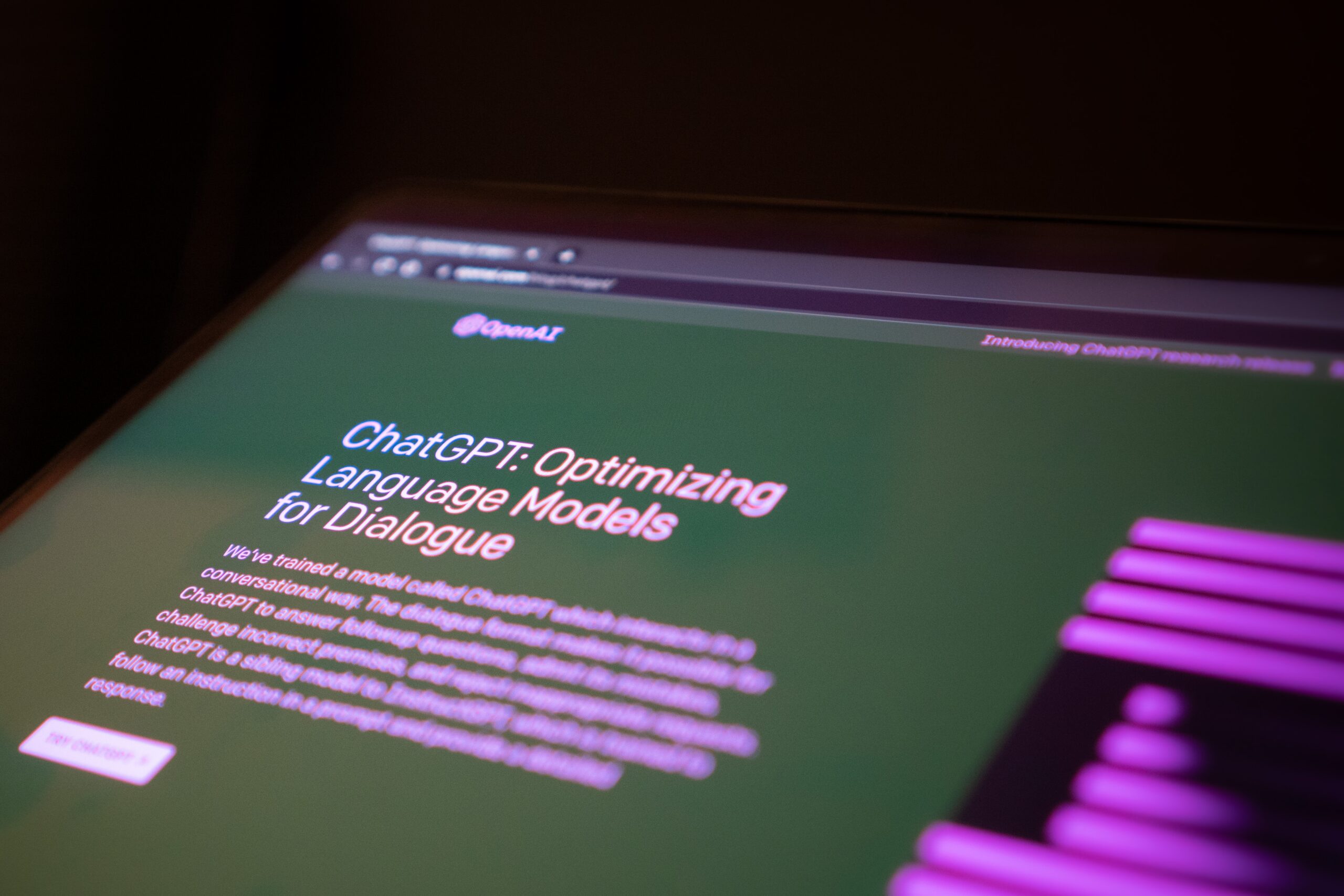How to use generative AI deliberately, for better B2B research results

Originally published on Greenbook on May 15, 2023.
Walk into any research forum—or an IIEX conference—and you’ll find the conversation will invariably turn to AI. Generative AI may be all the buzz, but it’s time to apply a more clear-minded lens to the dialogue. Whether you’re a research buyer or provider, we need to have more conversations on deliberate and responsible AI usage. Ultimately, clients see the power of AI. It’s our role as a research partner to thoughtfully integrate it into the solutions we provide.
In partnership with The Wall Street Journal, NewtonX recently ran a study surveying brand marketers in the US — VP seniority and above — who are using or planning to use generative AI (GAI). About 57% currently use GAI for brand marketing, and 43% are planning to.
Yet very few (1/6) have a budget specifically for GAI. About half are finding ways to spend on GAI even without a budget, and a sizable portion are using free tools.
When I co-founded NewtonX almost seven years ago, we acknowledged the power of processing data at scale. That’s been accelerated by large language models and openly-available tools like ChatGPT, which have democratized access to these technologies. Before, they were harder to access and build; a lot had to be built in-house.
How B2B market researchers can realize internal efficiency gains
It’s important to not automate for the sake of automating, but be very deliberate with what you’re doing with it. You need to push your team: what’s our goal with generative AI? It’s not just about building ChatGPT into your existing process. There’s a lot of ways in which you can apply LLMs and generative AI that has nothing to do with ChatGPT or synthetic respondents. For example, at NewtonX we’re leveraging NLP to identify audiences and guide them through surveys.
As with any emerging technology, there are positive and negative externalities. The good news is, our survey found that improving efficiency is an objective 3x more often than reducing headcount. At NewtonX, we’re dedicated to providing a world-class customer experience, which can’t be run by algorithms. This takes a trained team who can use cutting edge technology for our clients’ benefit. As our COO Leon Mishkis describes our partnership with Microsoft:
“Our partnership is very metrics driven. The base of any discussion is always: What are the metrics? How many people did we reach out to and how many people responded? How many were screened and how many are passing the screeners? And then we’re looking at the metrics and asking, where’s the gap? Do we need to increase the volume or search parameters? Or is it that the people are not passing the screener, which means we might need to tweak the strategy.”
We’ve found that AI and automation does create internal efficiency gains within our team, which leads to external opportunities. For example, instead of delivering raw data to clients, you could quickly extract insights to decrease the time the client needs to dig through the output. And this is just one example of applied AI that makes data analysis easier for our employees as well as our clients.
How leading creative agencies leverage AI in their B2B research
We’ve recently spoken to Landor & Fitch and R/GA about how they utilize AI in their research stacks.
Christian Kugel, SVP of Applied Intelligence at R/GA, shares: “Let’s take the example of ratings data. I think it’s really fascinating because it’s using language that’s oftentimes emotionally charged. If people have a bad experience, they tend to complain about it in a ratings form—as well as good experiences when people are pleased and delighted. How do you really understand the layers that might exist beyond the superficial one, and do that in a way that can scale? Understanding unstructured data does require some kind of AI mechanism to help power the analysis. Or else, it just gets too unwieldy.
Maarten Lagae, Executive Director of Insights & Analytics at Landor & Fitch agrees: “With AI and natural language processing, it is in fact much easier to start making sense at scale of what people are saying in open-ended data.”
Sign up for our newsletter, NewtonX Insights:
Related Content
GreenBook chooses NewtonX for market research industry-leading GRIT report
Leading B2B research publication GreenBook partners with NewtonX in latest 2021 GRIT Report. Learn more about our partnership.
read more17 customer retention survey questions to unlock relationship drivers
Keeping your customers is key to a growing and profitable business. Here are customer retention survey questions to explore drivers of customer loyalty.
read moreWhat is the true cost of bad data?
Poor quality data costs the US $3 trillion each year. There has to be a better way, and we believe we've found it. Read on.
read moreNewtonX research finds reliability is the determining factor when buying AI, but is brand awareness coloring perceptions?
When decision-makers are debating which generative AI tools to invest in, it's reliability that tips the scales. But is brand awareness coloring perceptions?
read moreRetail decision-makers are keen to deploy generative AI, but hiring the right people may prove trickier than expected
Retail decision-makers overwhelmingly want to integrate generative AI into their businesses. Except, most businesses' plans will likely hit an unexpected snag.
read more